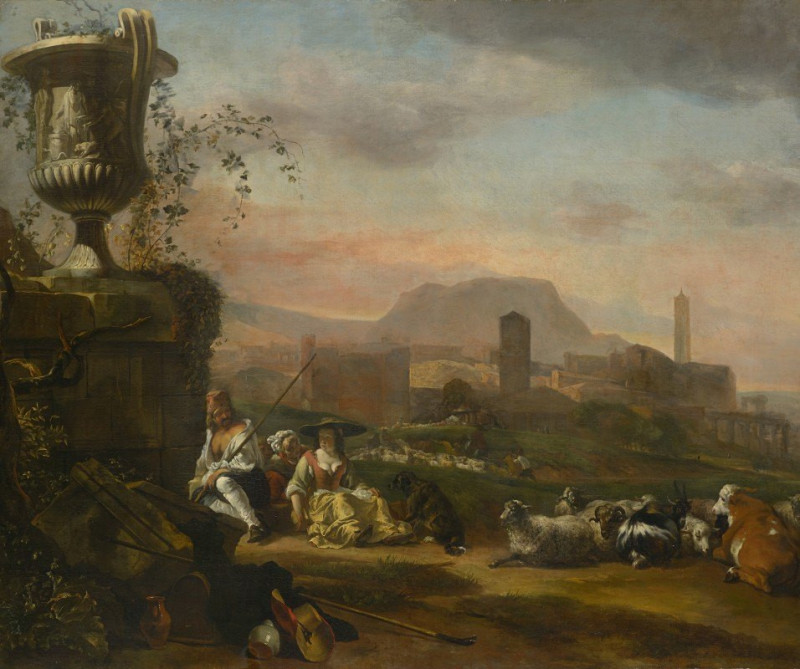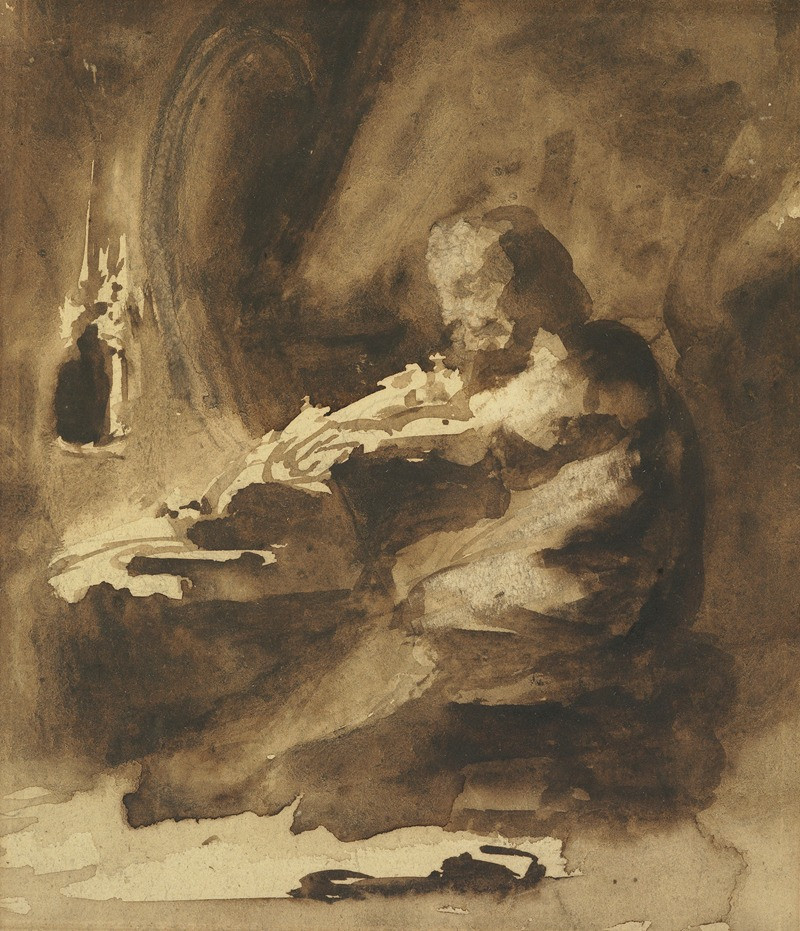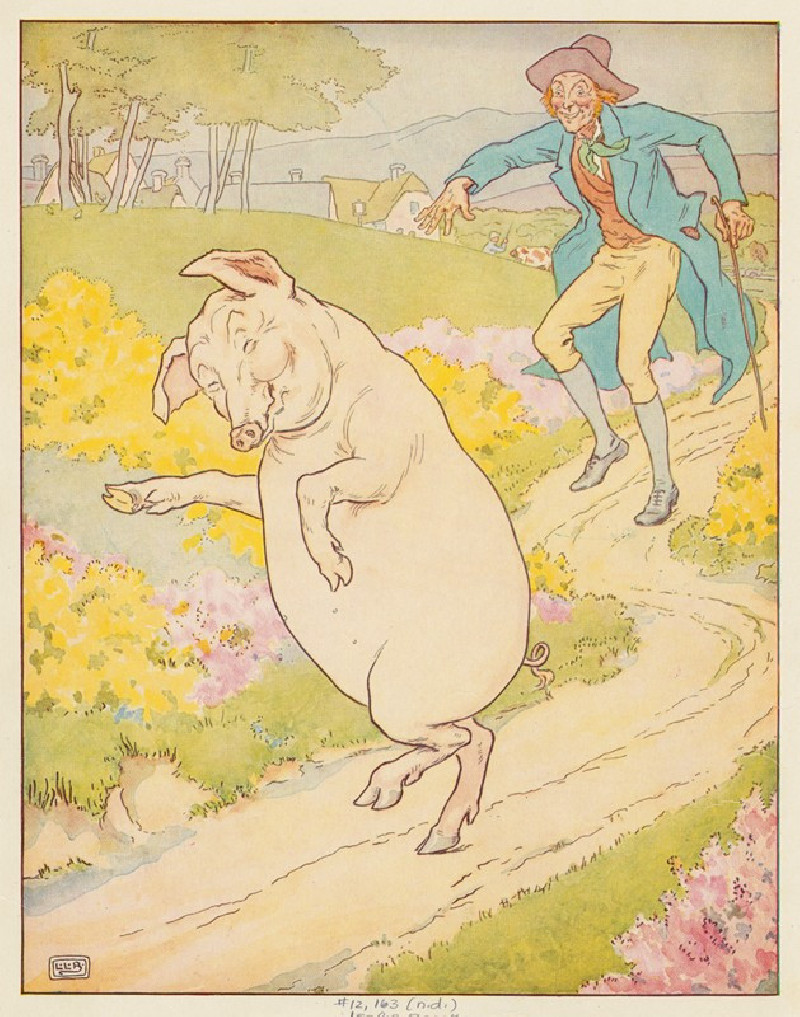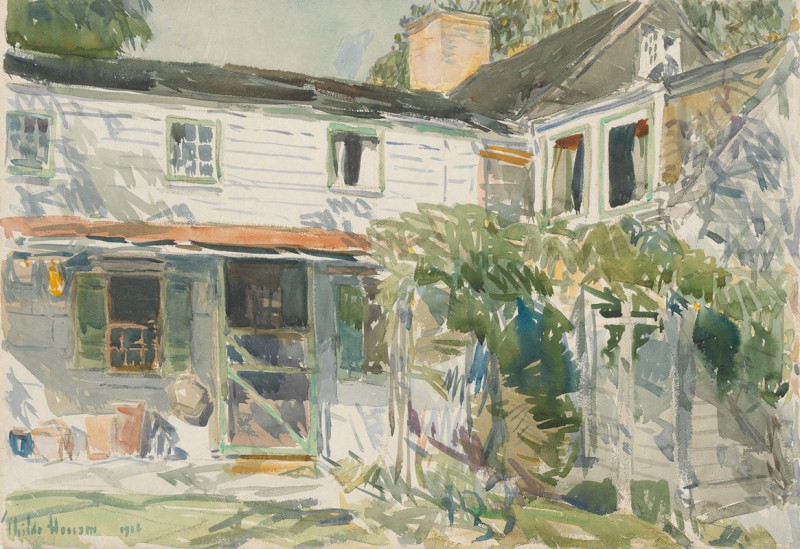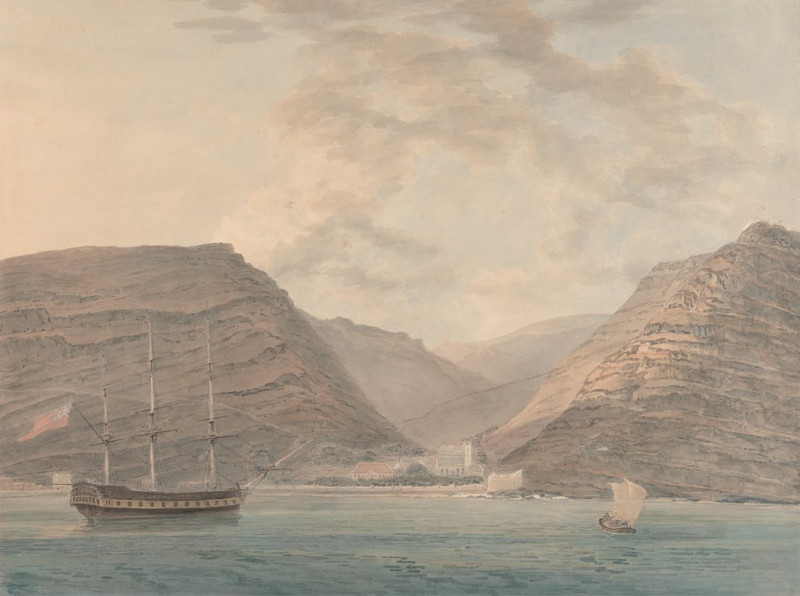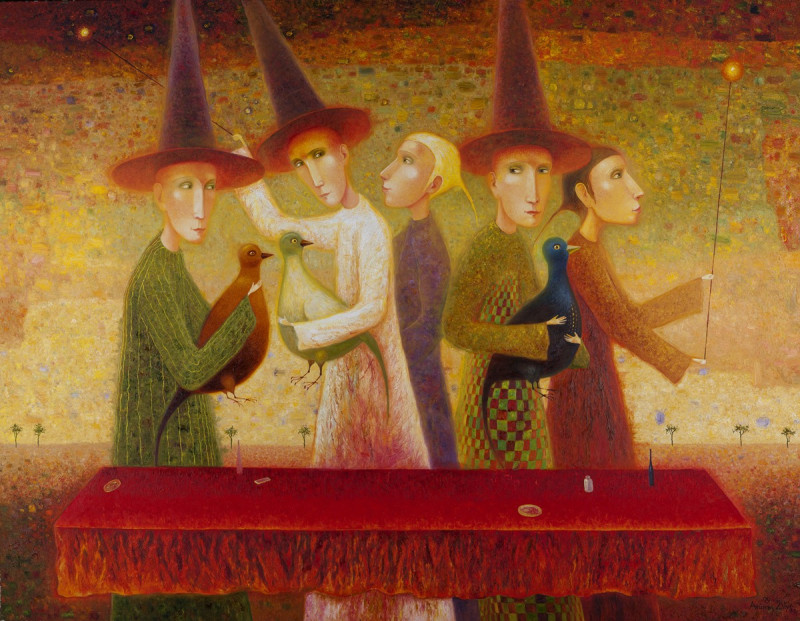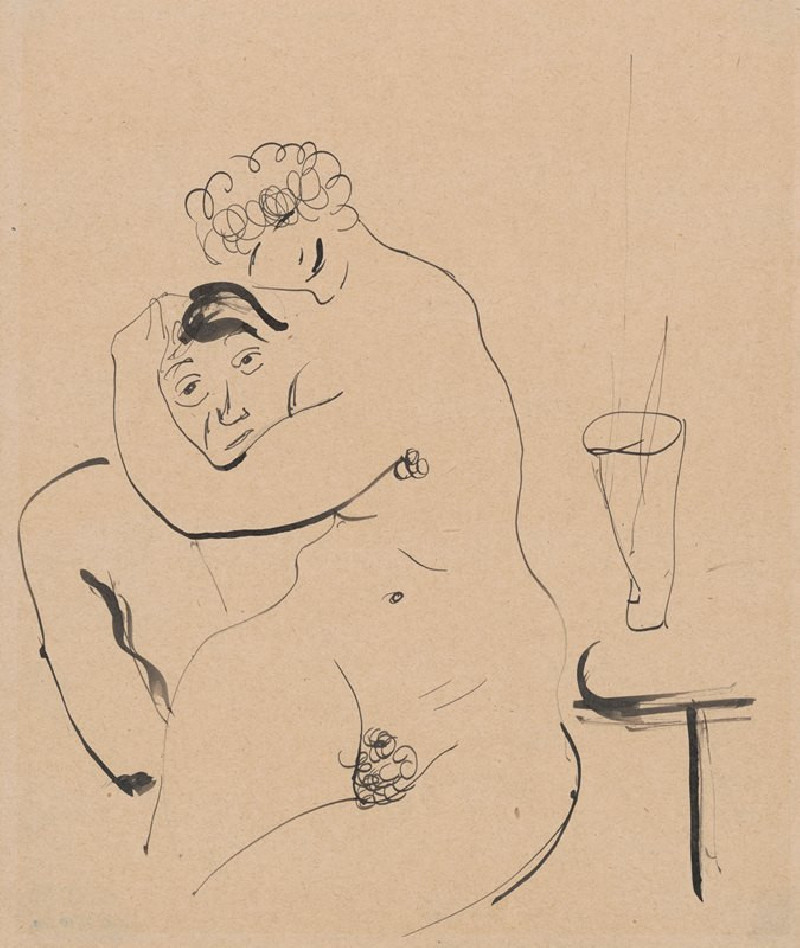‘Tempora mutantur,’ etc. (1898)
Technique: Giclée quality print
Recommended by our customers
More about this artwork
This captivating illustration by Udo Keppler, dated 1898, is titled "Tempora mutantur," which is Latin for "times change." The artwork depicts two ethereal female figures, crafted in a classical style, placing a laurel wreath on a bust. The bust is of Thomas F. Bayard, a significant figure known for his efforts to foster good relations between England and the United States, as hinted by the inscription on the pedestal.The setting is serene, positioned against a rugged mountainous backdrop, suggesting the timelessness and enduring nature of the values Bayard championed. The figures symbolize peace and collaboration, each adorning the monument with symbols of honor and respect. The use of soft, pastel colors enhances the dreamlike quality of the scene, inviting the viewer to reflect on the evolving nature of international friendship and the timeless quest for harmony.
Delivery
Returns
Udo J. Keppler, since 1894. known as Joseph Keppler, Jr., was an American political cartoonist, publisher, and Native American advocate. The son of cartoonist Joseph Keppler (1838–1894), who founded Puck magazine, the younger Keppler also contributed to cartoons, and after his father's death became co-owner of the magazine under the name Joseph Keppler. He was also a collector of Native American artifacts.


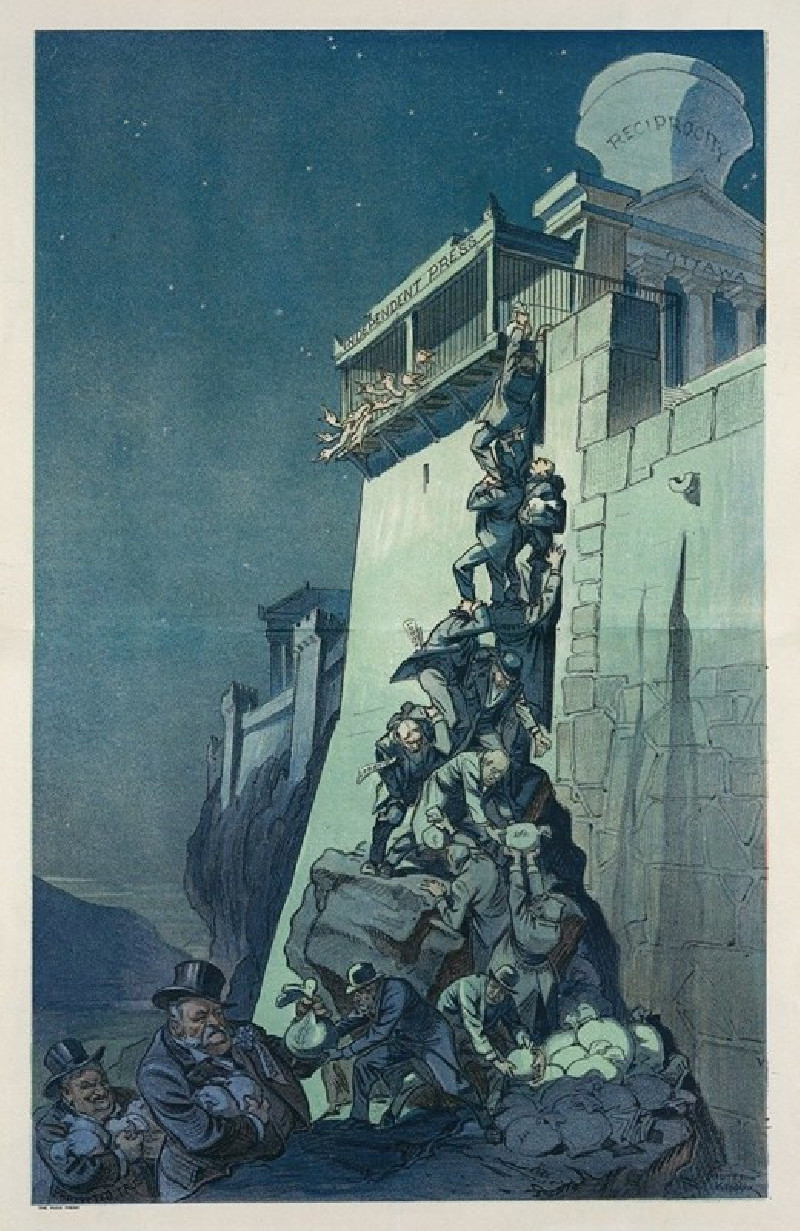

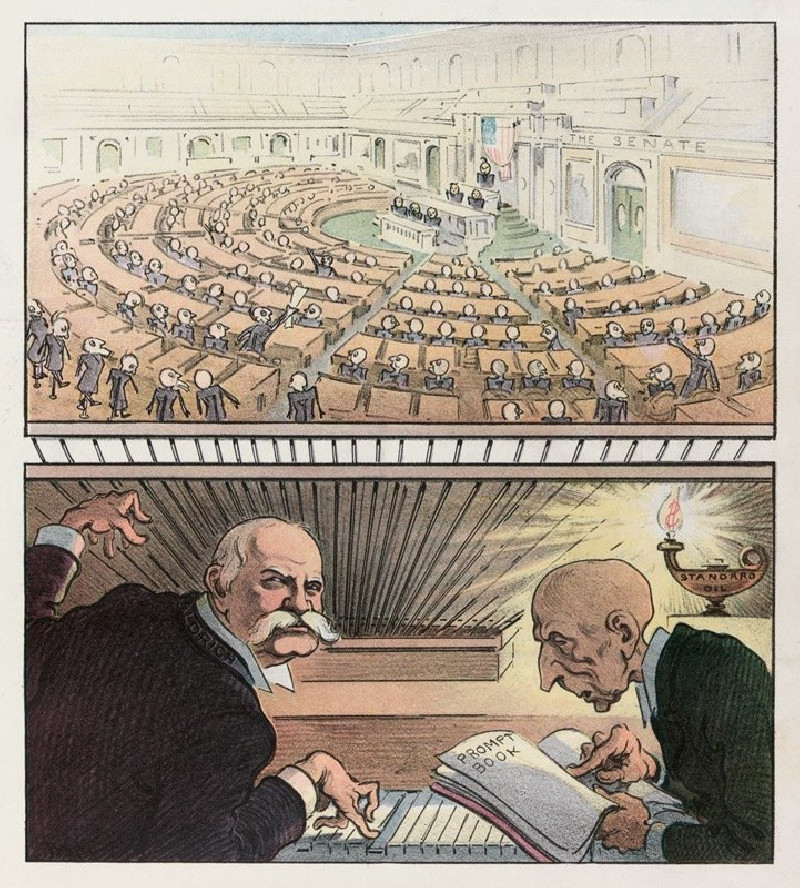
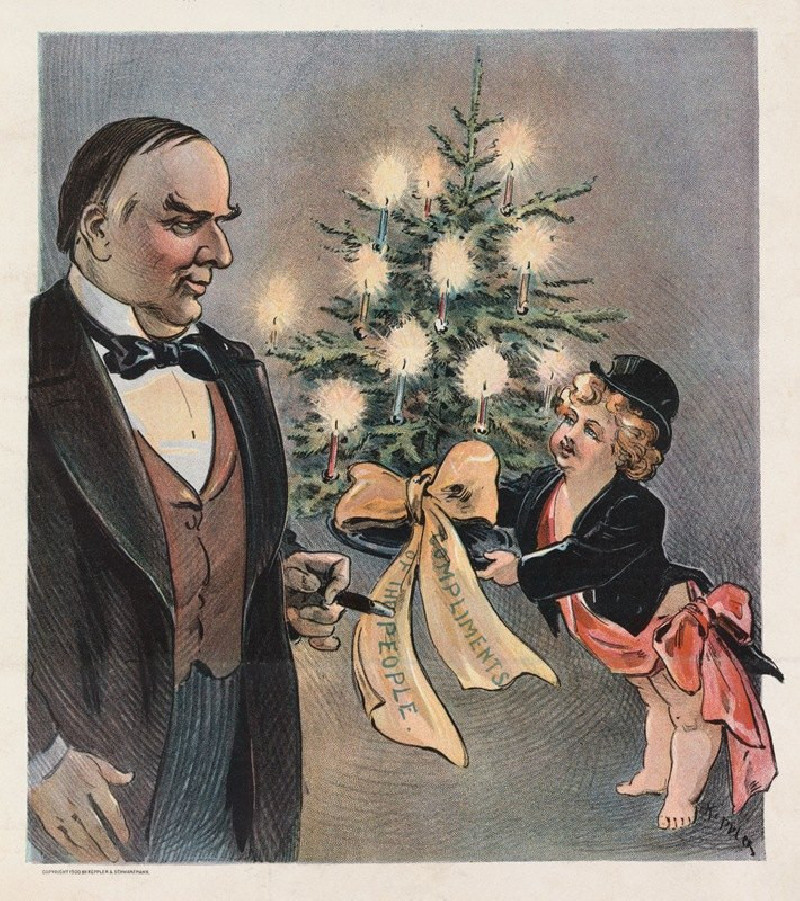

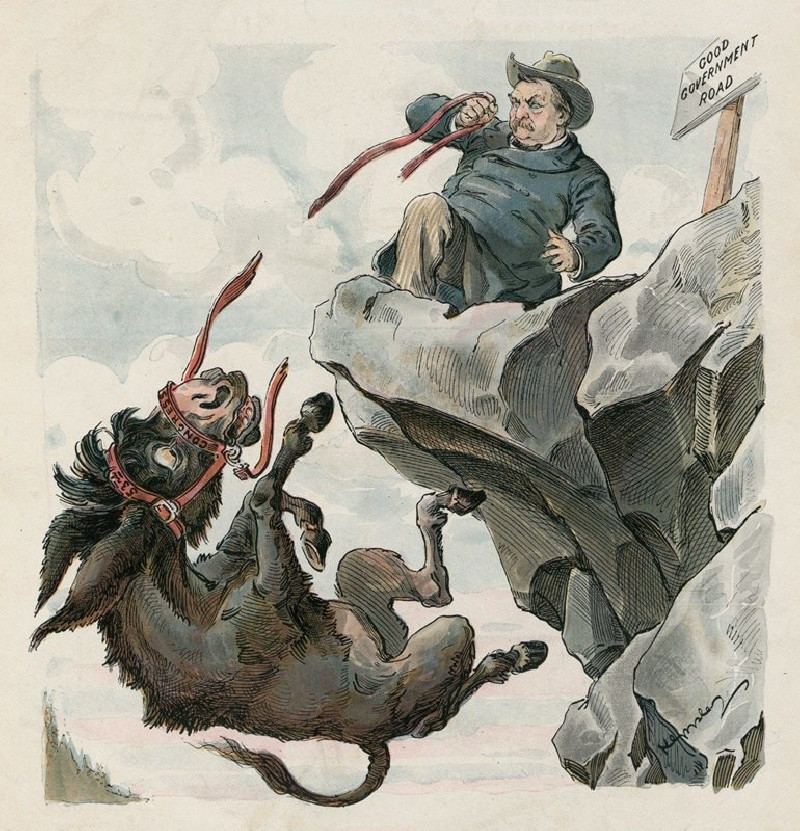

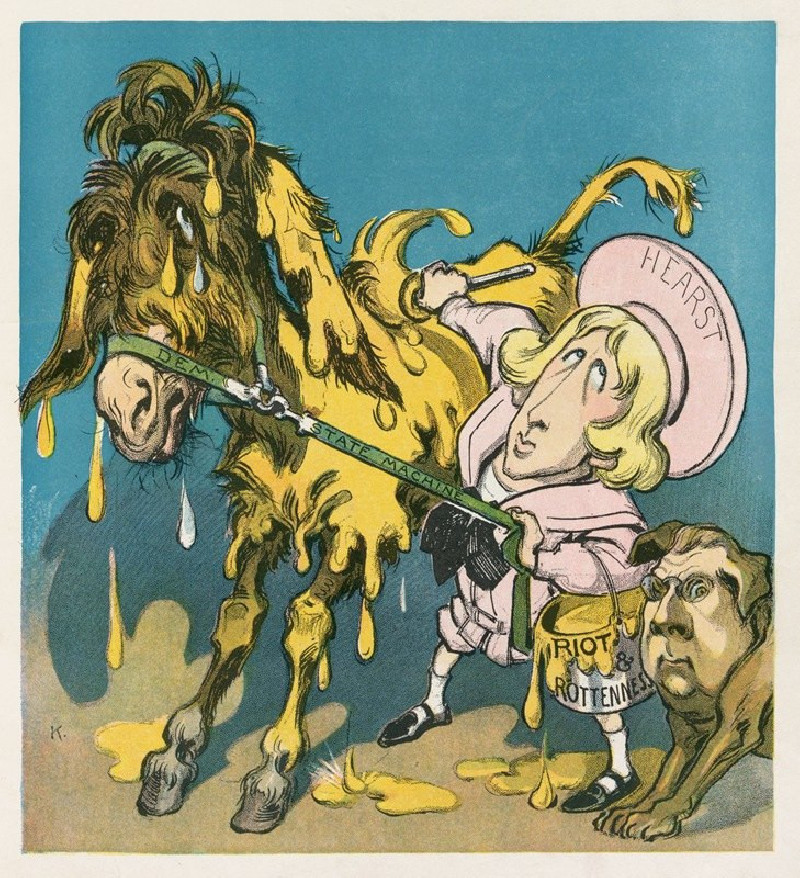
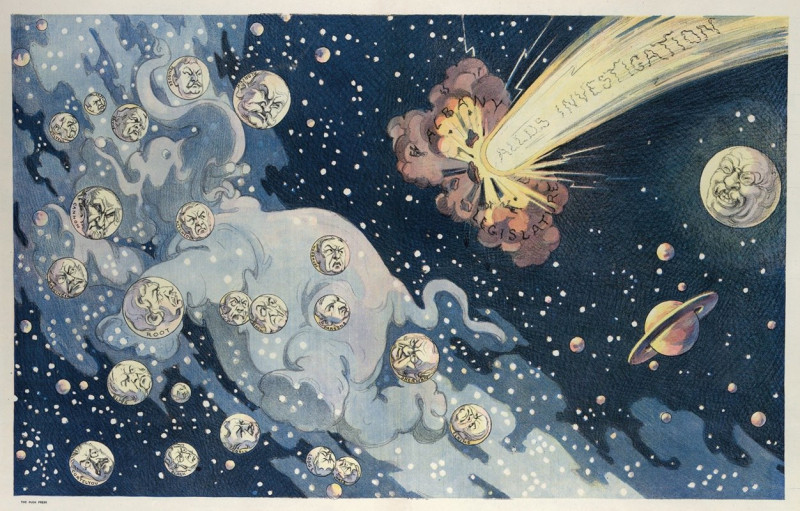
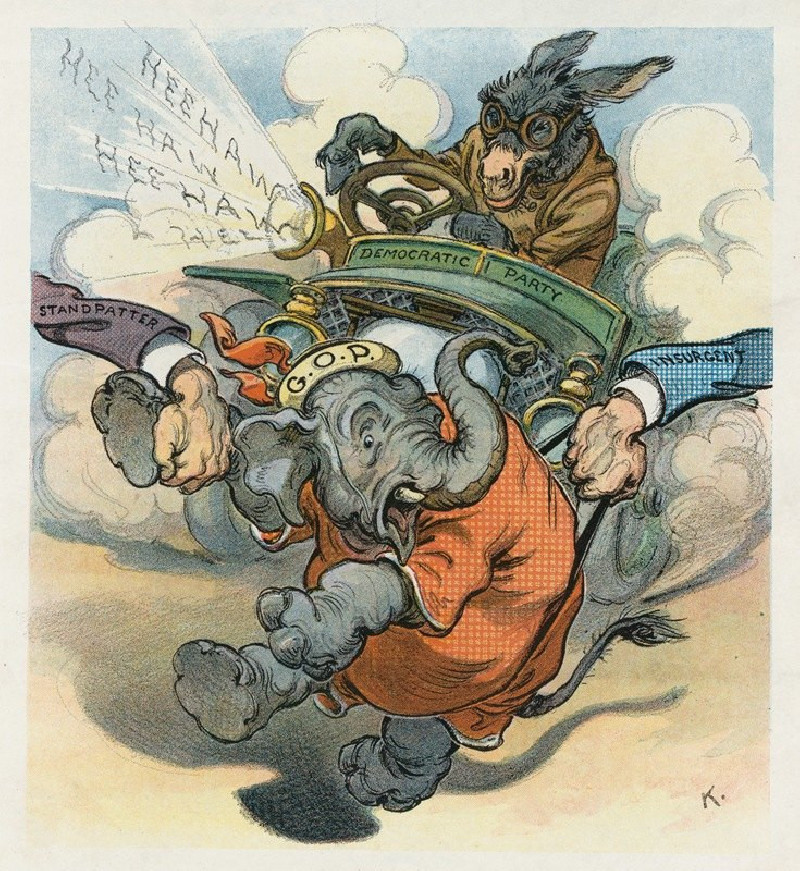
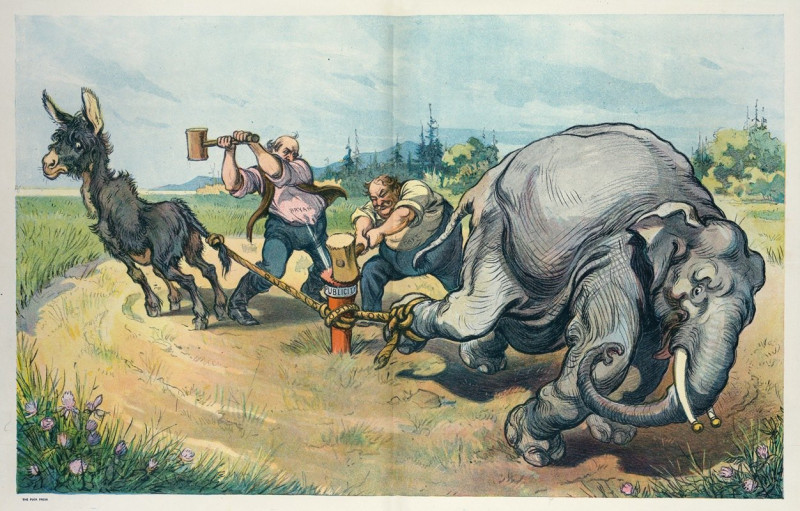
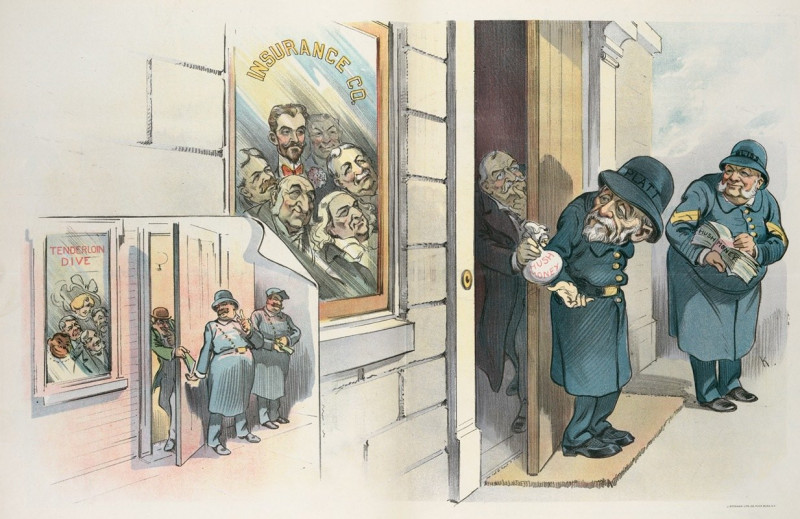

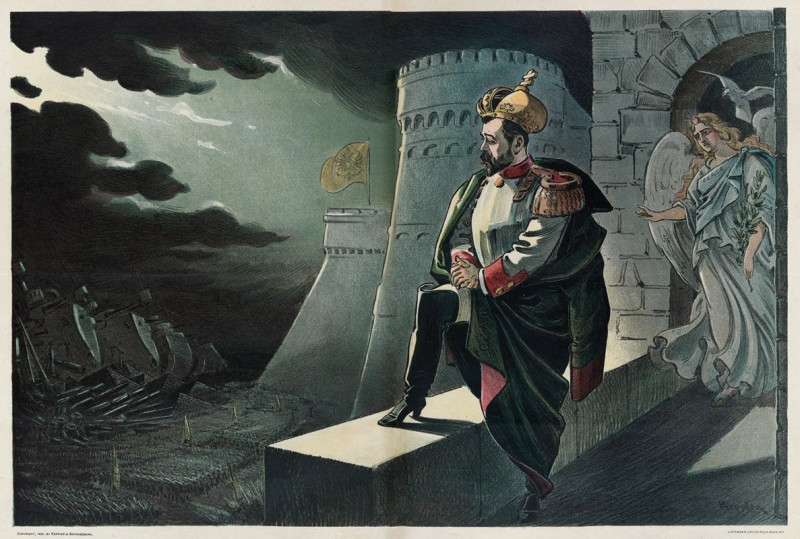
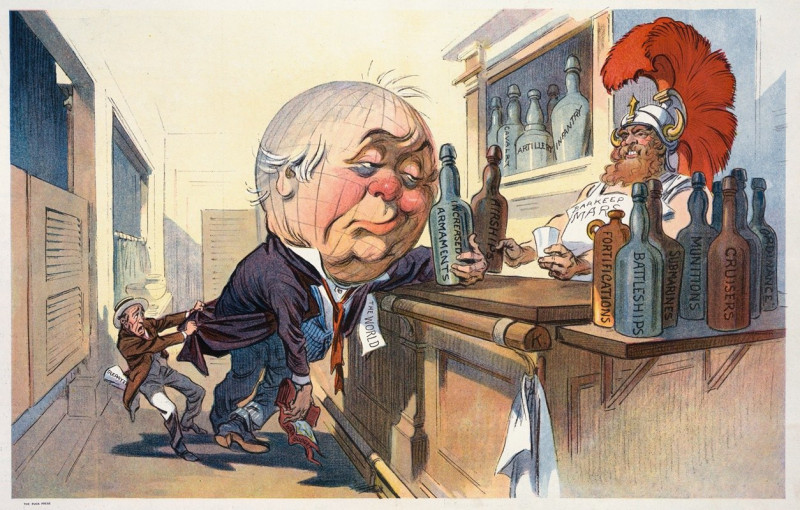
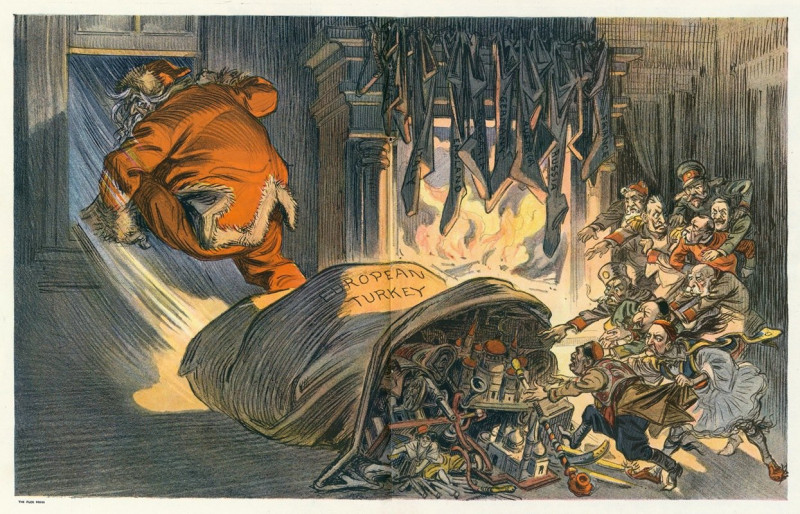
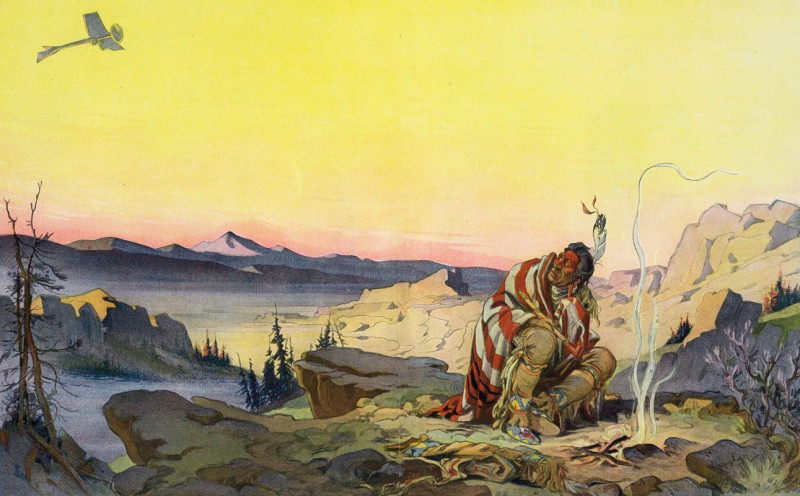
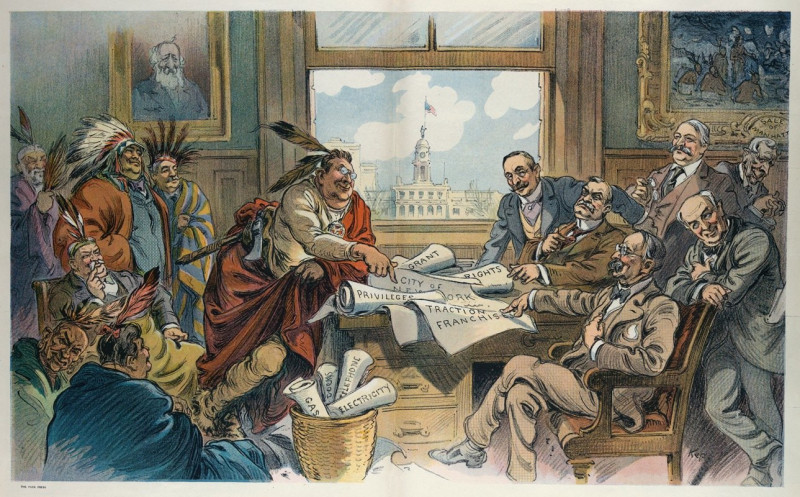



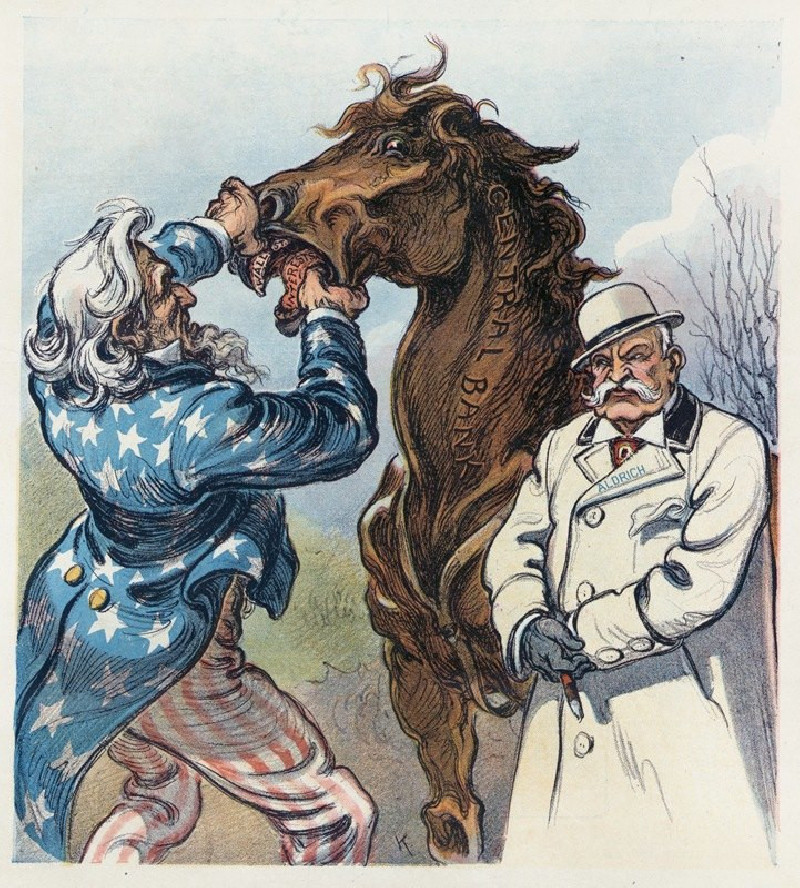
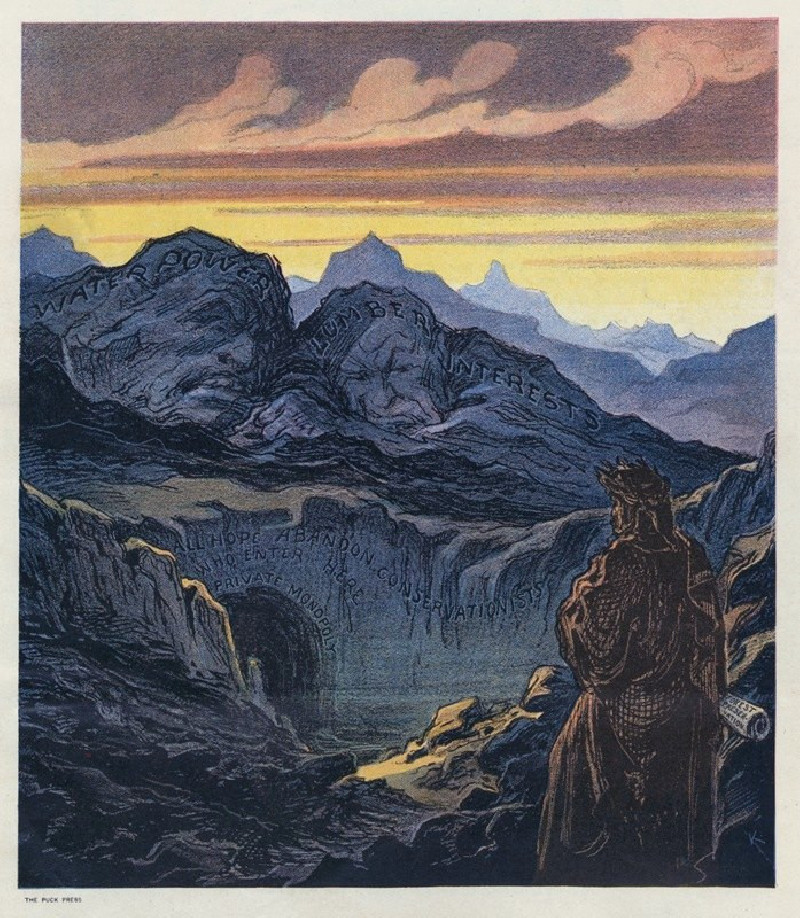
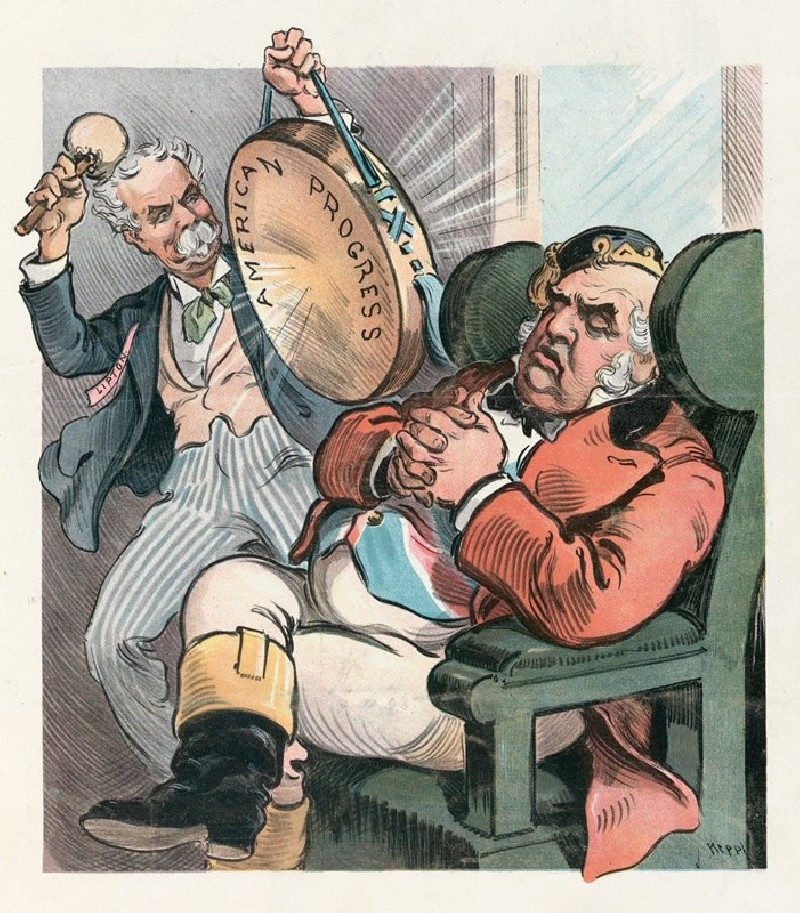
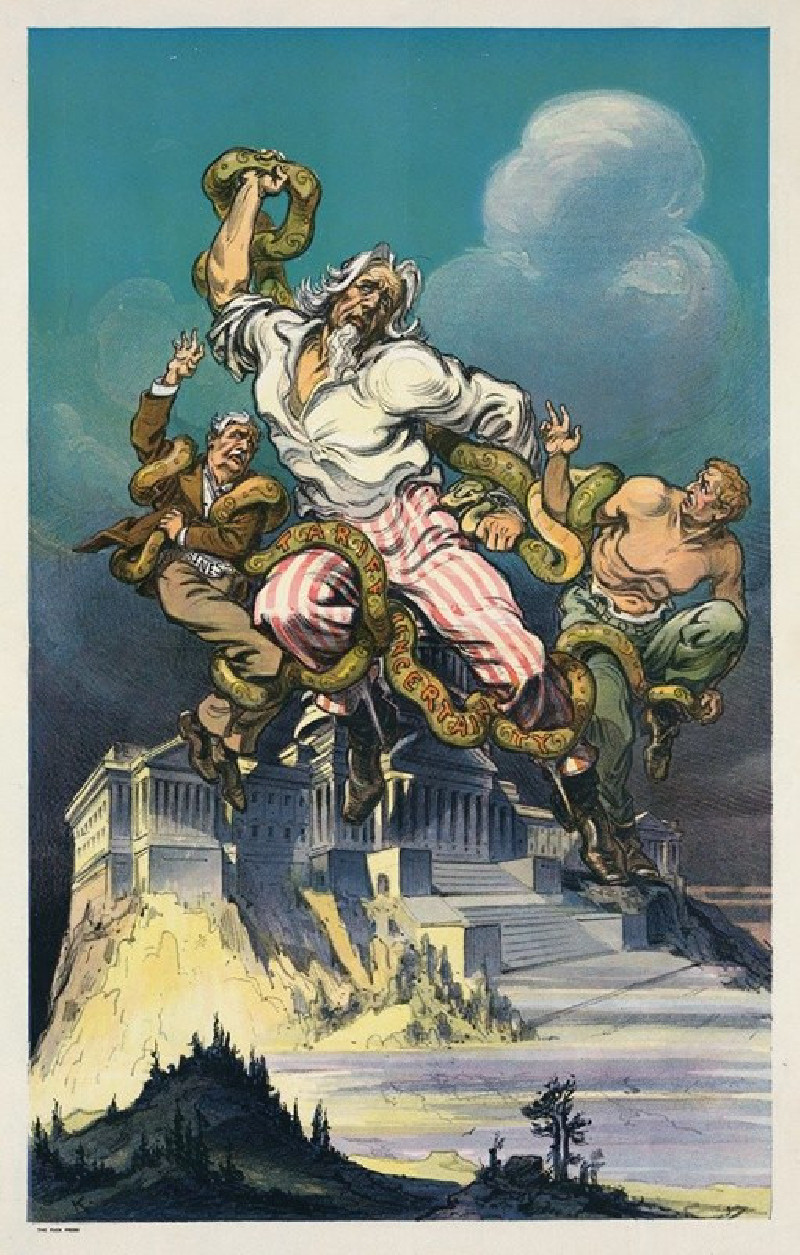


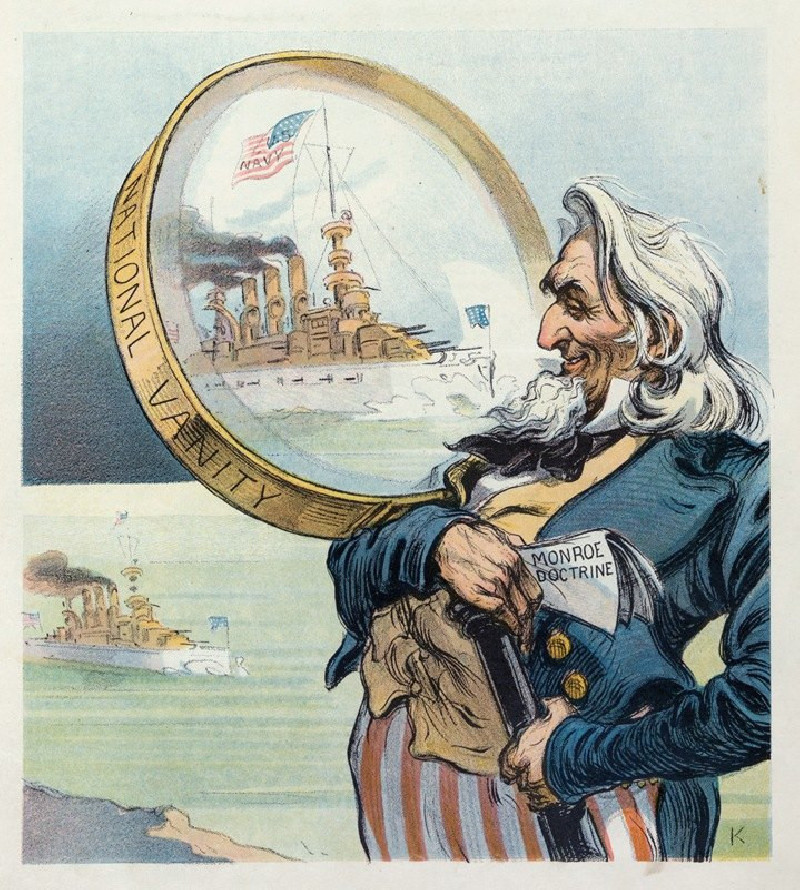
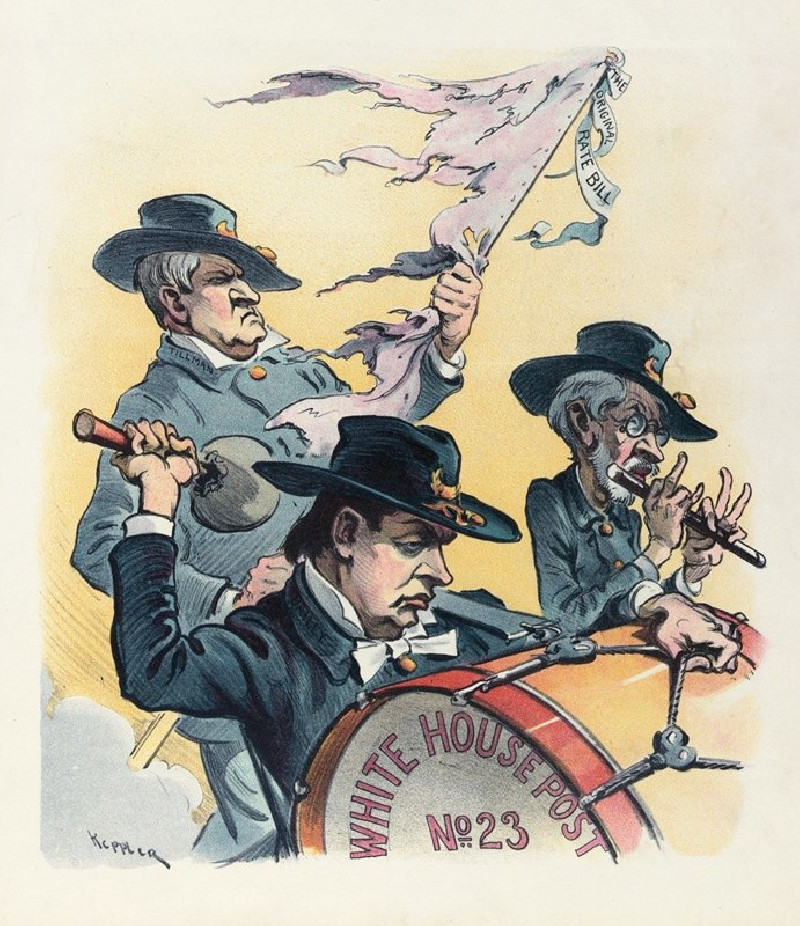

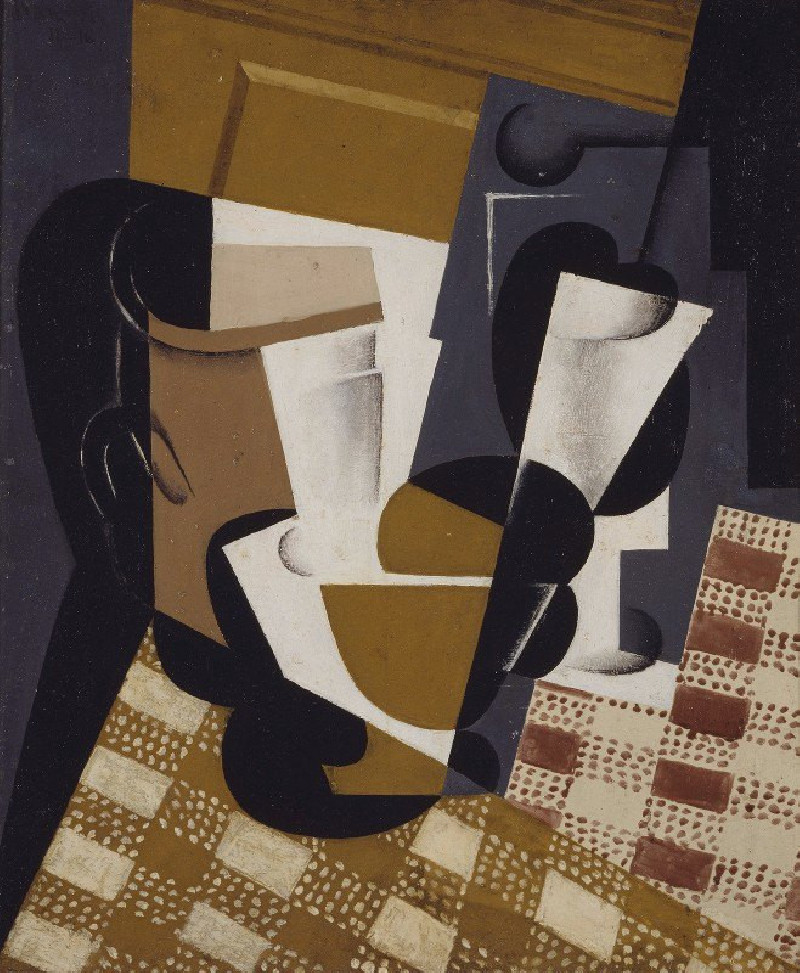
![Tombs of the Khalifs [Caliphs], Cairo. (1846-1849) reproduction of painting by David Roberts. ALL GICLEE PRINTS](https://reprodukcijos.lt/39172-large_default/reproduction-of-tombs-of-the-khalifs-caliphs-cairo-1846-1849.jpg)
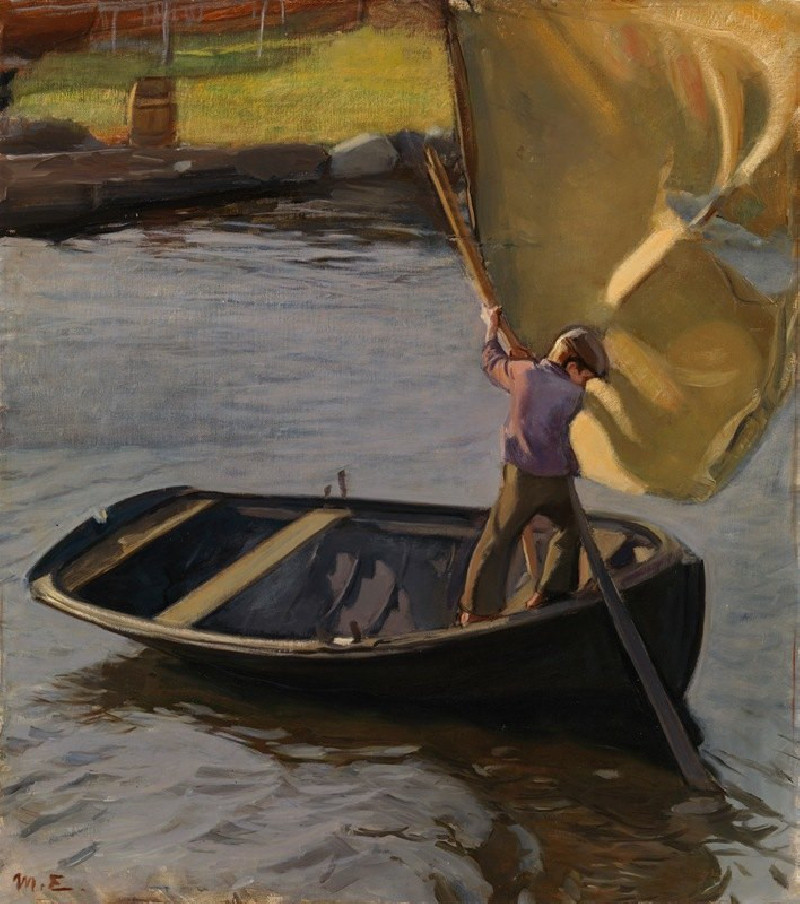

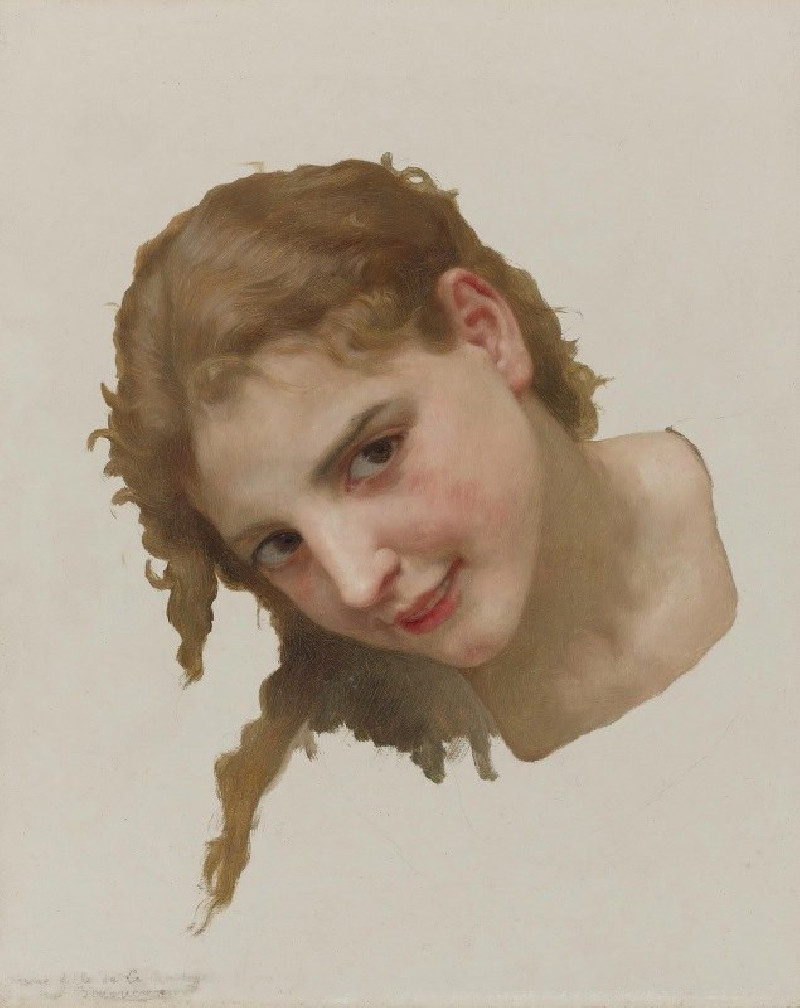
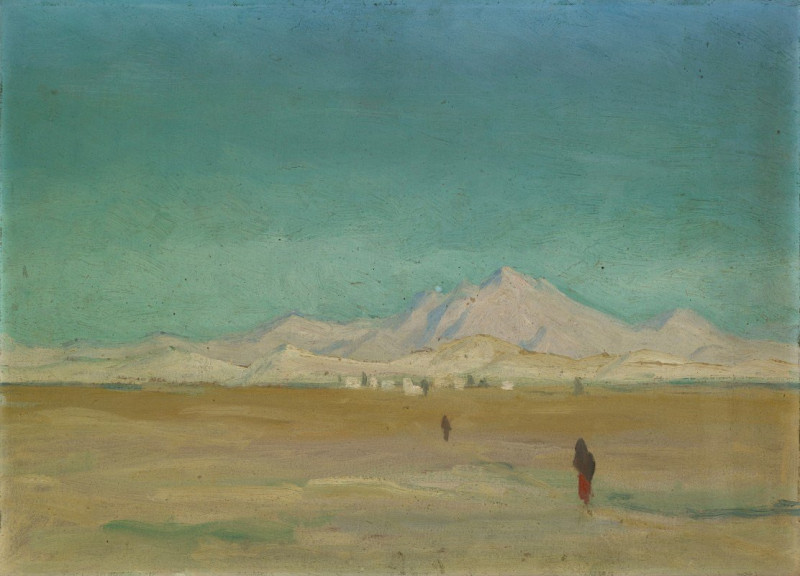
![View from under the portico of the Temple of Dendera [Dandara]. (1846-1849) reproduction of painting by David Roberts. ALL GI...](https://reprodukcijos.lt/39249-large_default/reproduction-of-view-from-under-the-portico-of-the-temple-of-dendera-dandara-1846-1849.jpg)
